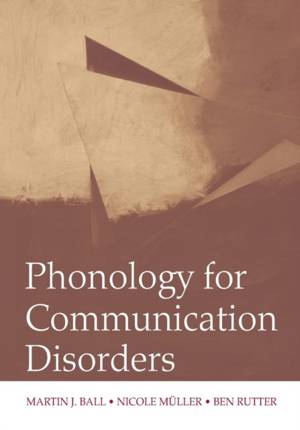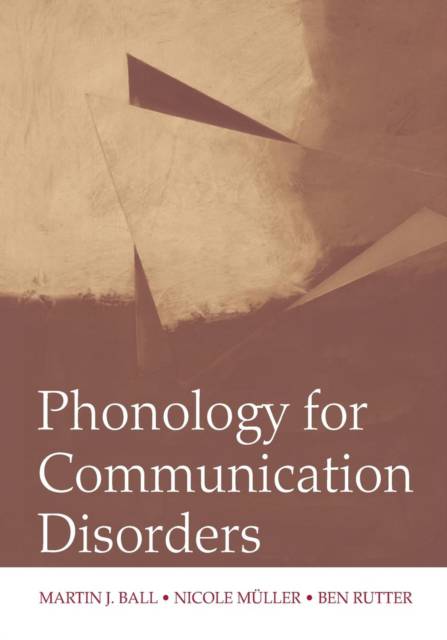
- Retrait gratuit dans votre magasin Club
- 7.000.000 titres dans notre catalogue
- Payer en toute sécurité
- Toujours un magasin près de chez vous
- Retrait gratuit dans votre magasin Club
- 7.000.0000 titres dans notre catalogue
- Payer en toute sécurité
- Toujours un magasin près de chez vous
Phonology for Communication Disorders
Martin J Ball, Nicole Muller, Ben RutterDescription
This textbook describes the approaches to phonology that are most relevant to communication disorders. It examines schools of thought in theoretical phonology, and their relevance to description, explanation and remediation in the clinical context.
A recurring theme throughout the book is the distinction between phonological theories that attempt elegant, parsimonious descriptions of phonological data, and those that attempt to provide a psycholinguistic model of speech production and perception.
This book introduces all the relevant areas of phonology to the students and practitioners of speech-language pathology and is a companion volume to the authors' Phonetics for Communication Disorders.
Spécifications
Parties prenantes
- Auteur(s) :
- Editeur:
Contenu
- Nombre de pages :
- 276
- Langue:
- Anglais
Caractéristiques
- EAN:
- 9780805857627
- Date de parution :
- 01-11-09
- Format:
- Livre broché
- Format numérique:
- Trade paperback (VS)
- Dimensions :
- 175 mm x 249 mm
- Poids :
- 453 g

Les avis
Nous publions uniquement les avis qui respectent les conditions requises. Consultez nos conditions pour les avis.






